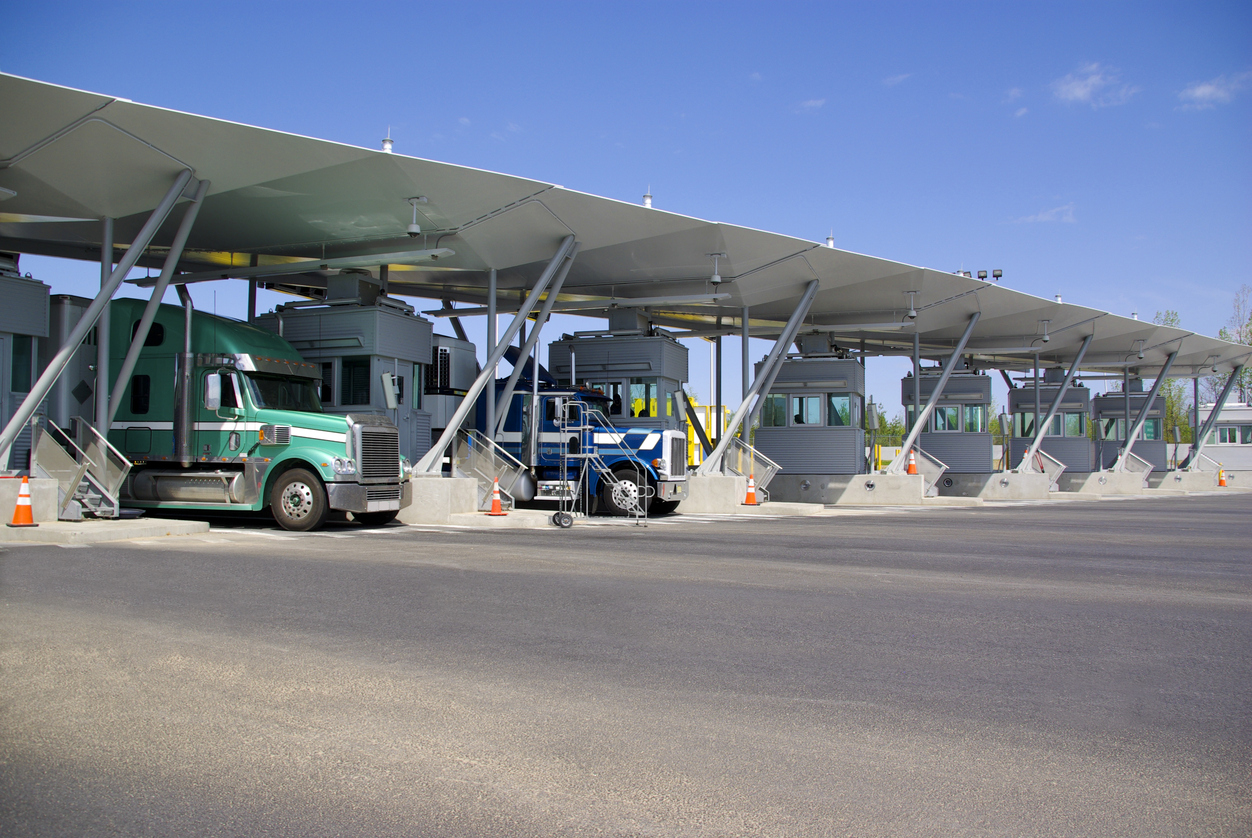
In November 2024, Canada’s merchandise trade deficit narrowed to $323 million, down from $544 million in October. This according to numbers released by Statistics Canada on Jan 7.1 Exports rose by 2.2%, while imports increased by 1.8%, with the Canadian dollar’s depreciation contributing to higher trade values. Over October and November combined, exports grew 3.9%, and imports increased 2.2%.
Export Bump Driven by Pharmaceuticals, Gold
Exports saw broad-based growth, up 2.2% month over month and 1.6% year over year. Pharmaceutical exports surged 11.9%, driven by shipments to the US, while unwrought gold exports hit a record $4.9 billion (+16.7%). Energy exports rose 2.1% due to stable crude oil prices, and there were gains in electric vehicle battery packs and other refined goods.
Canadian Imports Also Rise
Imports rose 1.8%, led by consumer goods (+3.8%), industrial chemicals (+4.3%), and machinery (+3.0%). Some figures were estimated due to data processing delays from the CBSA’s CARM initiative, meaning revisions are expected.
Surplus with US, Deficit With Rest of World Both Rise
Canada’s trade surplus with the US widened to $8.2 billion, supported by a 6.8% rise in exports. Meanwhile, the trade deficit with countries other than the US grew to $8.5 billion, with exports falling 10.3%, mainly due to reduced gold shipments to Hong Kong and nickel exports to Norway.
Industry Trade Breakdown
Farm, fishing and intermediate food products
Exports $4.9B, up 0.6%
Imports $2.7B, down 1.8%
Basic and industrial chemical, plastic and rubber products
Exports $3.5B, down 4.2%
Imports $5.2B, up 4.3%
Forestry products and building and packaging materials
Exports $4B, up 1.4%
Imports $3B, up 5.9%
Industrial machinery, equipment and parts
Exports $4.2B, up 3.8%
Imports $7.3%, up 3%
Electronic and electrical equipment and parts
Exports $3B, up 2.6%
Imports $7.3B, up 2.1%
Consumer goods
Exports $8.2B, up 4.4%
Imports 13.3B, up 3.8%
Canada Prepares for Potential Tariff Challenges
Donald Trump’s proposed tariffs remain a prominent concern, but CAT’s William McKinnon remains optimistic that they will not be implemented in full. Regardless, he has been consulting with clients about strategies to prepare for potential challenges.
“Moving inventory into the U.S. before a potential tariff takes effect is one strategy, but that won’t help in the long term,” McKinnon explains.2
In the short term, McKinnon anticipates that businesses will adopt a “wait-and-see” approach. However, he acknowledges that external pressures may eventually force more decisive action.
“Some may choose to withdraw from the U.S. entirely and seek new markets,” he says. “Others may consider manufacturing in the U.S., which is exactly what the administration wants.”
McKinnon also notes that a struggling Canadian dollar could alleviate some of the negative effects of tariffs.
“A low Canadian dollar is like lighting a match when it comes to exports out of Canada to the US,” he says.
In the end, McKinnon remains hopeful for a diplomatic resolution, and given the resignation of Justin Trudeau, a refresh in how Canada is governed could be good for both countries.
“The two nations have always collaborated for mutual benefit,” he says. “The U.S. has larger battles to prioritize than with Canada.”
Potential Strikes in 2025
After a year marked by labour disruptions across Canada, McKinnon is cautiously optimistic about a more stable outlook for 2025.
“I’m hopeful that Canadian ports will experience relative peace in 2025,” he remarks. “There’s some speculation about potential risks involving drayage operators in Metro Vancouver, but even if disputes arise, I’m optimistic they will be resolved quickly.”
On the other hand, McKinnon points to potential labour unrest at U.S. East and Gulf Coast ports, which could indirectly benefit Canadian operations.
“Ships need to dock somewhere, so disruptions in the U.S. could lead to increased traffic at Canadian ports,” he explains. “Montreal and Halifax may see a surge in activity, while others could be rerouted on Trans-Pacific routes to Vancouver.”
Regardless of what happens, CAT will always do whatever is possible to mitigate the impacts that work stoppages and other unexpected events have on our clients.
Continuing to Improve Customer Service and Transparency
CAT’s recent technological advancements have significantly enhanced customer service capabilities, and McKinnon is committed to maintaining this momentum. While most major upgrades are now operational, the company plans to continue refining its systems in 2025.
“From a transportation perspective, we are implementing systems that allow us to automate the selection of service delivery transit times at the optimum rate level even more quickly than before. This will help us better serve our customers,” McKinnon says.
He emphasizes that improving the customer experience is a continuous journey.
“We’re always working to enhance both personal and digital transparency,” he says. “We strive to be a mirror image of our customers’ wants, wishes, and desires. No piece of inventory is unaccounted for.”
Cited Sources
1 Government of Canada, Statistics Canada. “Canadian International Merchandise Trade, November 2024.” The Daily – , January 7, 2025. https://www150.statcan.gc.ca/n1/daily-quotidien/250107/dq250107a-eng.htm.
2 Direct communication with William McKinnon
